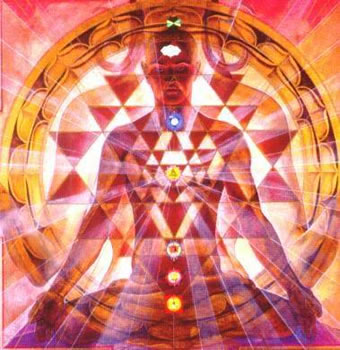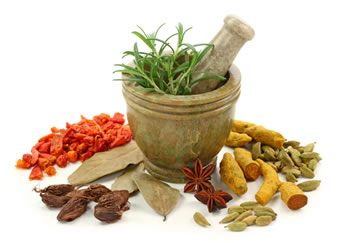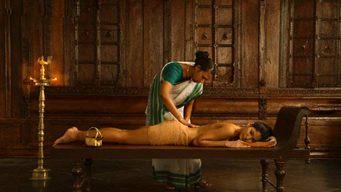know ayurveda: Beauty Care

BEAUTY AND AYURVEDA
The secrets to flawless skin and ageless beauty have been known to Indian physicians for over six thousand years, preserved in one of the world’s oldest systems of health care and healing, known as ‘Ayurveda’ or ‘Knowledge of Life’.
The use of pure herbal extracts, natural spring water & essential oils is used to cleanse nourish and replenish moisture levels, counter the effects of stress and pollution, thereby stimulating cell growth. However Ayurveda works on four levels – body, breath, mind and spirit – it is only when all these are in perfect harmony that you radiate not only outer but also inner beauty.
The charisma or radiance of absolute beauty is reflected in an inner vitality, lustrous hair, glowing skin, clear shining eyes, and an ‘inner fire’ which according to Ayurveda is a phenomenon produced by the presence of a subtle substance called ‘ojas’.
‘Ojas’ is the unifying factor of three vital essences. ‘Prana’ or life breath or what many cultures refer to as spirit. ‘Tejas’ or radiant energy, which naturally releases heat and light. ‘Ojas’ which by its very being is the by-product of healthy body tissue.
The balanced functioning to these three life forces produces an outer effect of radiance and an inner sensation of bliss. The serenity and contentment of a truly beautiful face is not an affectation or an attitude but a direct reflection of flowing ‘Ojas’.
Ojas is naturally highest at birth and diminishes with age, which is why the very young, look so effortlessly vibrant. We can however replenish ojas with facial and body massages, intensive oil treatments for hair, ‘ubtans’ or herbal scrubs and washes for skin, and the use of pure natural beauty products. This combined with a balanced diet and routine, right breathing and a positive attitude, prevent stress and ageing, leading to a state of happiness known as ‘ sat chit ananda’ or bliss consciousness – the source and essence of Vedic beauty.

Ayurveda is considered as one of the ancient sciences of Health & Medicine. This complete health includes cosmetic aspects as well. As Ayurveda the concept of beauty has an age-old origin as well. Ancient scriptures like Abhijnana Shakuntalam and Meghadootam of Kalidasa and many mythological epics encompass the reference of cosmetics like: Tilak, Kajal, Alita and Agaru that were used for cosmetic purposes. In fact, the concept of beauty and cosmetics is as old as mankind and civilization. Safe solutions, no side effects, use of natural herbs, long lasting impacts etc. have made Ayurveda as choicest cosmetology.
In fact, the concept of beauty and cosmetics is as old as mankind and civilization. The famous depictions in the Ajanta and Ellora caves, Khajurao prove that not only women but men also adorned themselves with jewelry, scents and cosmetics. Enscripted in history is the Aryan period that witnessed the use of Turmeric- Haridra, Saffron, Alkanet, Agaru, and Chlorophyll green from nettle plants and Indigo, Raktachandan, Chandan for beautification. Using Mehendi (henna) for dying hair in different colors and conditioning was also practiced in the olden times

- There is evidence of highly advanced ideas of self beautification and a large array of various cosmetic usages both by men and women, in ancient India.
- Many of these practices were subtly interwoven with the seasons (Sanskrit: Rutus) and the normal rituals of life (Sanskrit: Dinacharyā).
- Significantly, the use of these products was directed not only towards developing an outwardly pleasant and attractive personality, but towards achieving merit (Sanskrit: Punya), Longevity with good health (Sanskrit: Aayush and Aarogyam) and happiness (Sanskrit: Anandam).
- The ancient use of beauty products is believed to have originated in India, but the earliest records of products and their application dates back to Circa 2500 and 1550 B.C, to the Indus valley civilization.
- In this context, the earliest reference of a beautician is from the great epic Mahabharata, where the Pandavas were in exile incognito. Draupadi worked for the queen of Virāta (Northern district of India). She called herself Sairandhri (A female attendant in the women's sections of the palace). There is a reference of her carrying a Prasādhana Petikā (A vanity case containing substances to beautify, toiletries and accessories to decorate).
- Different Lepās (Masks or applications) were recommended for different seasons for body beautification. The ingredients used during the cold seasons were quite different from those used in warm seasons.
- In fact Ashtānga Hridaya (a 1500 year old book of Ayurveda) offers six different formulations to be used for the six seasons of the year.
- Similarly special Ayurvedic Tailams (Oils) and Ghritas (Clarified butter or ghee) were used for facial beautification.
- Special ingredients were used for hair washes. Many remedies have been indicated for hair growth, prevention of falling hair and premature graying. Hair dyes, fragrant hair rinses and fumigants were also in use.
- Fragrant bath powders and body deodorants also find frequent mention.
